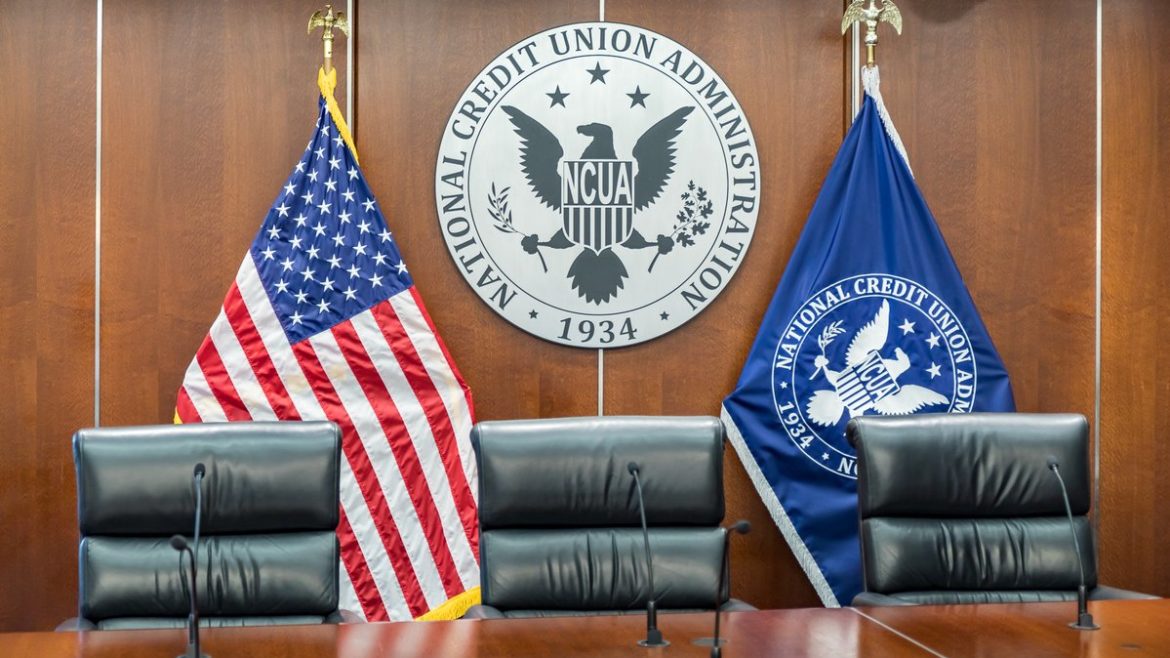Read more at chipfilson.com
Since 2017, there have been four NCUA Chairmen designated by the President. Two republicans and two democrats.
The Board’s primary responsibility is the “management” of the agency as stated in the Federal Credit Union Act. The chair sets the agenda and is the primary spokesperson for the Agency.
Any organization that undergoes four changes of the titular leader in the same number of years would face unusual difficulties in both policy and operational effectiveness.
In the past decade, no one has accused NCUA of being well governed. Less than optimal outcomes can be endured in normal times. When crisis occurs, ineffective decisions can be destructive. A prime example is the ruinous handling of the corporate legacy asset resolution plans in 2008-2010.
These prior mistakes compound; the legacy perpetuates in subsequent decisions. The errors become hard-to-shed precedents especially when there is an organizational aversion to back-testing past events.
An example of effective leadership
In October 1981, when Ed Callahan became NCUA chair, the economy had double digit unemployment and inflation. Credit unions had only one concern: survival. Only in 1977 had the NCUA become an independent agency governed by a three-person board. The CLF was still in formation, the NCUSIF was out of cash and using 208 guarantees to assist troubled credit unions to work through problems.
Chairman Callahan’s approach was twofold: implement deregulation so that credit unions, not the government, could make the essential business decisions to serve members and effectively compete in the changing market; and secondly, build a regulatory infrastructure and supervision capable of overseeing the deregulated industry.
His approach was not top-down but bottom-up policy implementation. To succeed, he initiated a multi-faceted open dialogue with credit unions. The first effort was a 24-minute video produced by the Illinois Credit Union League entitled: “Deregulation–What Does It Really Mean?” The video featured a panel discussion of three credit union CEOs, CUNA’s Vice President for Governmental Affairs, and Bucky and Ed from NCUA.
A comment in the video by Chairman Callahan illustrates his approach to policy leadership:
“Do you want government off your backs?
“Even though I think credit unions want deregulation, I am more committed to the fact that we have to respond to their needs. If they don’t want deregulation, we will see that it doesn’t happen.
“Write us a letter so that we can respond to your needs. I will read each one personally.”
Three months later, April 1982, the NCUA board approved the complete deregulation of all savings accounts with full credit union support. It took the other depository institutions until June 1987 to shed their regulatory deposit limits.
The key to success was having participants with experience in the room, even some who had made mistakes, but who were willing to learn from their involvement. Secondly, persons who would come at issues from a variety of viewpoints and backgrounds–not a single framework–but with multiple perspectives.
A mutual process
This engagement with the industry resulting in share deregulation was just the beginning. The insights of credit union leaders were crucial in all areas of policy development.
Before developing a new NCUSIF financial structure, the agency received input from all segments of the industry to prepare a Report to Congress, required by the Garn-St. Germain Depository Institutions Act of 1982. In April 1983, this seven-chapter, 100-page credit union share insurance analysis was submitted. It ended with a list of over 60 names of industry contributors, many of whom were quoted in the study.
The recommendations in that joint study became the basis for the 1% deposit NCUSIF restructure, A Better Way, passed by Congress in 1984. The dramatic change occurred because of the support of the entire system.
In a similar manner, the Central Liquidity Facility was completely opened to all credit unions in an innovative partnership with US Central, the corporate network and the CLF. This liquidity safety net is an example of a public-private partnership based on the unique principles of cooperative design. NCUA ended this valuable partnership when it liquidated US Central.
From 1982 forward, credit unions recorded annual, sound double-digit growth. This mutual approach built a regulatory infrastructure responsive to the moment. The credit union system prospered for the next 25 years.
Bureaucracy is built on the adherence to traditional practice when making decisions. This “mind set” or “culture,” may suffice in normal times. But when changes to meet credit union needs is necessary, then the approach “we’ve always done it this way” will not suffice.
When the 2008/09 financial crisis happened, the agency took a different approach. The legacy of which continues.
Part II next week will show how this hangover of poor regulatory decisions can infect subsequent rules for decades.































































